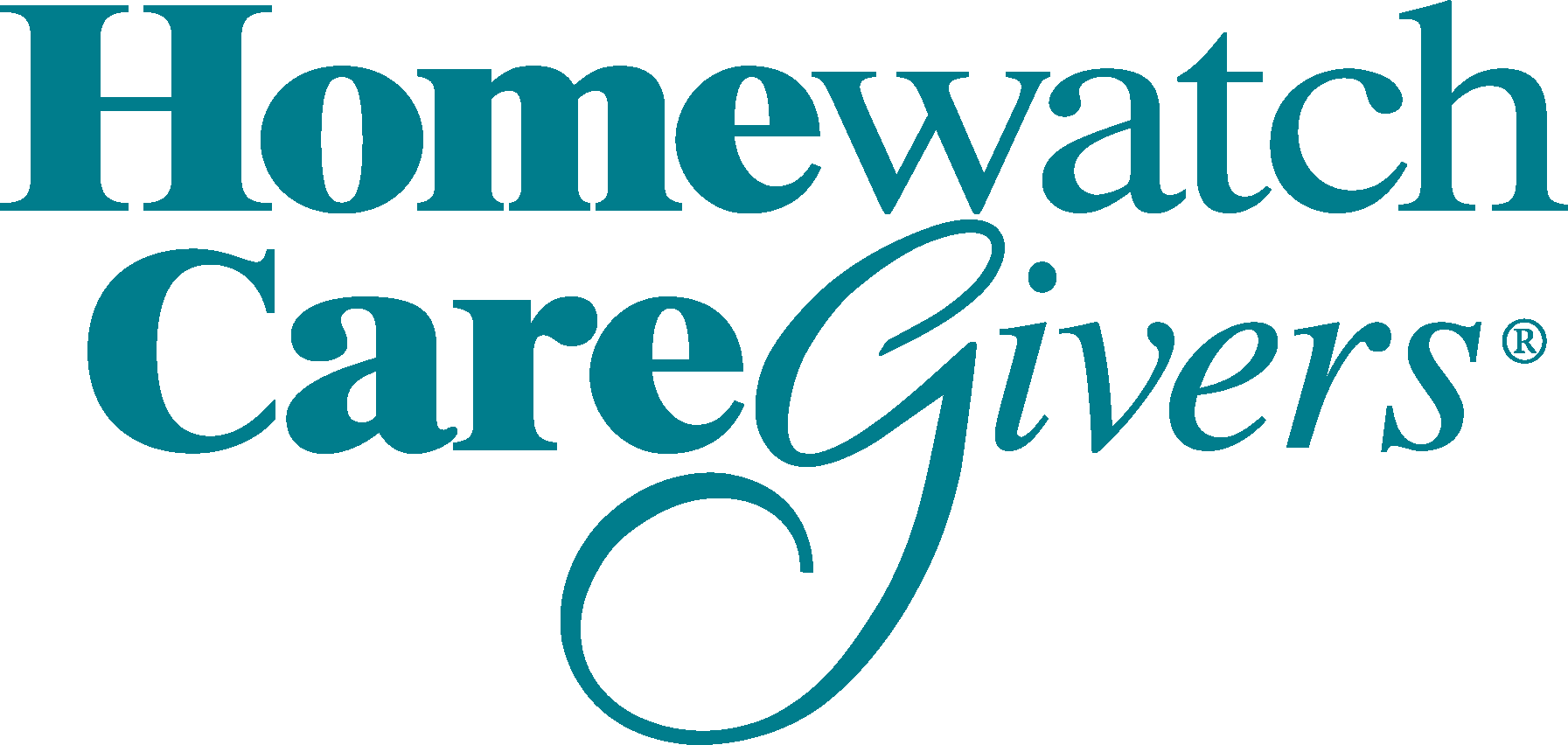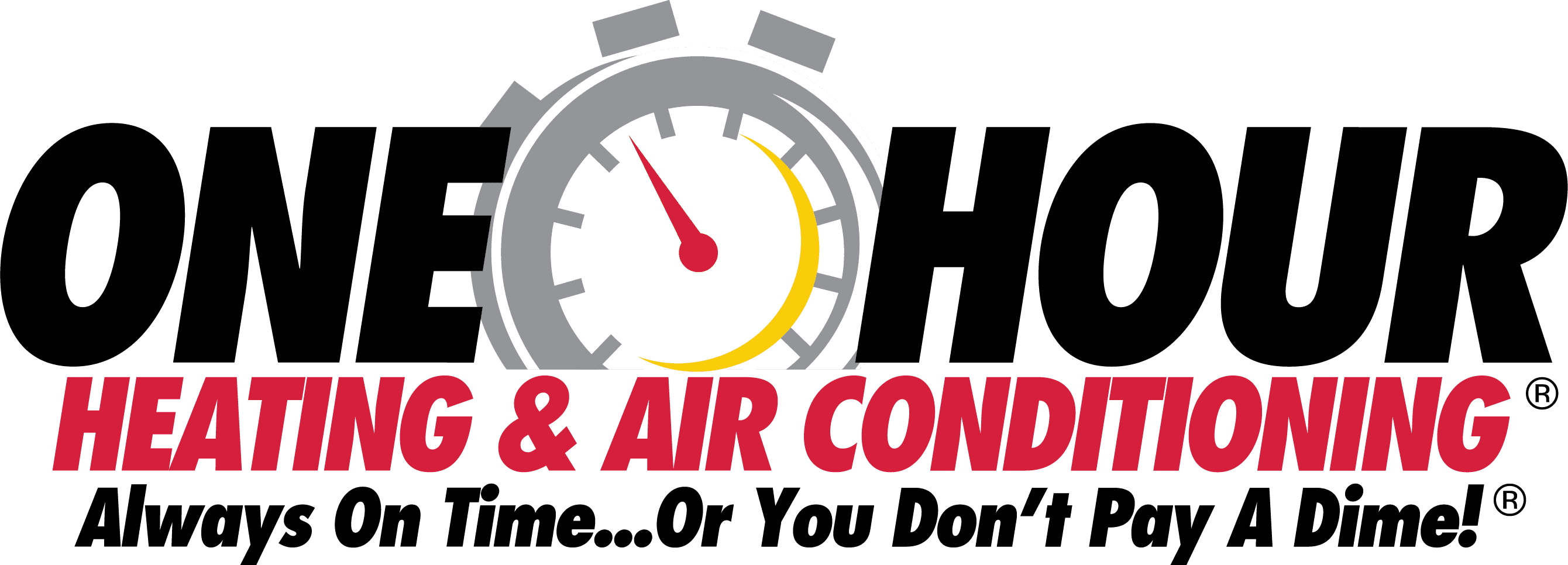Download the Build a Caregiving Business Brochure

Look At the Numbers When Franchise
September 29, 2016
Chances are good that if you are reading this article, you or someone you know has been involved in caring for a loved one who, due to age or illness, has needed some assistance for a time. When friends and family can no longer help out a loved one with daily activities such as going to the grocery store, tidying up their home, or even bathing, professional in-home care services fill the gap. In our busy 24/7 world, the need for such services can be filled by locally owned and operated senior care franchises.
The Numbers Show the Need
According to a 2016 AARP “Caregiving Innovation Frontiers” report, there will be 117 million Americans in need of some kind of caregiving assistance by 2020 – that’s a 13% increase over 4 years. This same report identifies “a caregiving market opportunity that’s expected to reach $72 billion in 2020 alone.” Whether increasing the availability of these services or improving technology to meet some of the unmet needs, there are still many worthwhile opportunities for potential business owners.
There are basically two choices when a loved one—whether it’s a spouse, elder parent, adult child, or dear friend—needs assistance with daily activities: 1) do it yourself between work and other family and friend commitments or 2) hire someone to do it. Either way, there is usually a sacrifice or cost involved. Often a family caregiver finds him or herself doing tasks for which they have no training or experience as they manage medications, help with finances, reduce the risk of falls, and assist with bathing and toileting.
Private-pay home care (which can also be paid for with long-term care insurance) can provide additional support in between family members helping out and other intermittent home health care services like physical and occupational therapy.
The Costs and Opportunities
Further, in this AARP Report, the National Alliance on Caregiving found that an average family caregiver spends close to $20,000 and two to six years in the caregiving role. The total market opportunity for respite and backup care alone (what we also call companion and personal care in the home) is estimated to be $1.4 to $2.3 billion between 2016 and 2020. While that’s a tough pill to swallow for those of us who need to foot the bill on care costs, for business owners it is a sound case for starting a senior care business.
Home Sweet Home
Add to this that 9 out of 10 people age 65 and over have expressed their preference to age in place, or remain in their homes as they age rather than relocate to a nursing home or assisted living. With the Baby Boomers turning 65 now, doubling the number of senior Americans to 71.5 million by 2030, more and more people may likely need daily assistance in their homes. According to a second report, the Home Care Association of America’s “Value of Home Care Report,” 40% of adults over age 65 already need assistance with daily activities and care needs continue to rise.
The Rewards
One thing that isn’t as easily measured when looking at the benefits to opening a senior care franchise is how you make a difference in the lives of others in your community—from providing meaningful jobs to alleviating stress and loneliness for care recipients and family caregivers. The HCAOA report points out 43% of seniors are feeling lonely and 70% of family caregivers have symptoms of depression. Furthermore, the home care sector is already creating more jobs than other occupations with the Bureau of Labor and Statistics projecting an increase of 26% through 2024.
In the home care industry, the bottom line and a true purpose can come together to create a rewarding second career that pays off in many ways.
Learn more about how to start a senior care franchise.
Recent News

How to Start an In-Home Care Business: A Step-by-Step Guide
October 7, 2025

What to Expect as a Home Care Franchise Owner
May 6, 2025

5 Things to Know Before Starting a Home Care Franchise in 2025
April 1, 2025

Why Corporate Professionals Are Investing in Senior Care Franchises
April 1, 2025

Todd Houghton Named to 2025 Titan 100 – Celebrating Leadership in Home Care
March 21, 2025

Advantages of Owning a Franchise
March 5, 2025

















